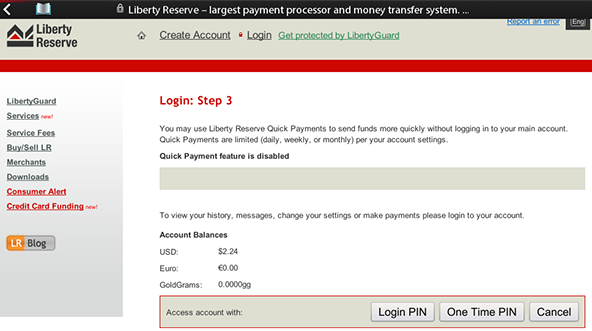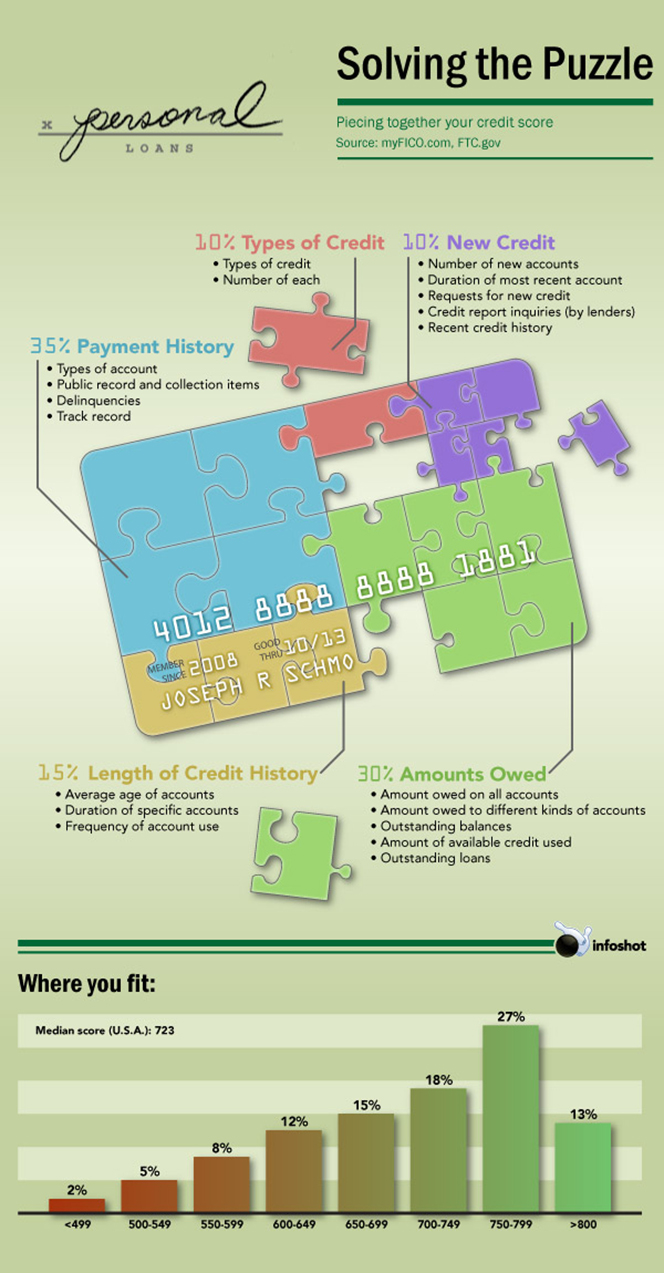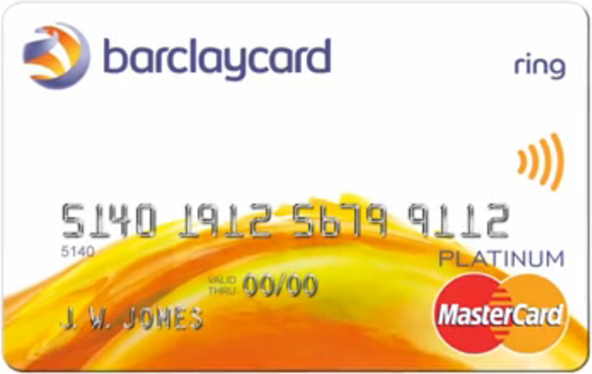How to Survive Your First Three Months of High-Risk Credit Card Processing

In our industry, surviving the application process and getting a merchant account approved and set up is by far the biggest challenge a merchant is likely to face. The vetting procedures are so stringent that it’s virtually impossible for an unqualified applicant to sneak his way through. A reasonable person may argue — and many have — that the whole thing is unnecessarily complex and often results in the rejection of perfectly legitimate candidates, but experience has thought me that a careful vetting process is absolutely mandatory, as otherwise we would in fact be aiding and abetting fraudsters. As usual, it’s better to be safe than sorry.
That being the case, the most frustrating thing to deal with is a merchant’s inability to cope with his newly-set-up merchant account. It doesn’t happen often, thankfully, but when it does it’s incredibly difficult to set things right and the upshot usually is a termination of the service. At first, I just couldn’t understand why merchants would have such a hard time managing their accounts — after all, we had already verified during the application process that what they did was all legitimate and we knew what kind of volumes and chargeback ratios to expect. And yet, they would still manage to get themselves in trouble. Well, now I think I understand, at least partly, what’s going on and thought I’d share it with you. Hopefully, the prospective merchant account applicants among you would take the right lessons, before contacting us.
Moving up the Risk Ladder
At some point I noticed that, whenever such issues would arise, they would typically involve merchants who had previously only used traditional, low-risk, types of merchant accounts, the likes provided by the First Datas and Chase Paymentechs of the world. See, when you get a mainstream merchant account, your processor would set it up for you and let you use it pretty much unsupervised, until something happens. Now, if you are running a high-risk operation and have somehow managed to get approved for a traditional merchant account, something will inevitably happen, typically within the first three or four months of operation. That something would most likely take the shape of an excessively high chargeback ratio, but it could also be a spike in declined transactions or customer complaints, or something else. At this point, the processor would freeze your account until its investigation is completed and, when that is done, you’ll find yourself looking for another processor.
Now you’ve entered the high-risk world, whether you know it or not, and your next merchant account, if you can get one, would come with much less favorable terms than whatever you may have previously had. But that’s not all, and here is where many a merchant gets in trouble. The fact that your discount rate is now much higher, and ten percent of your money is held in a reserve account doesn’t mean that you no longer need to worry about things like high chargebacks and customer complaints. On the contrary, these things exist to protect your processor against such excesses. What has changed is that your new processor is willing to tolerate much higher rates in these categories than your previous one. In other words, your margin of error has expanded, but it’s still to be accounted for.
The other big difference many merchants are not prepared for is that high-risk processors are on their highest alert during the first few months of a new account’s existence. Unlike a mainstream processor, who will typically wait until certain red flags pop up on its screen, its high-risk counterpart will carefully monitor a new merchant’s every single transaction and look for any sign of trouble, even where none is likely to exist. Inevitably, the merchant will be asked to supply documentation about all or some of the transactions processed during its first month or two of operation and these will be minutely examined for inconsistencies. And this is where things often go wrong.
Keeping Your Merchant Account
By far the biggest issue we have with new merchants is their inability or unwillingness to comply with our requests for transaction documentation during the first weeks of processing. Many would get frustrated that we’d be asking for so much paperwork only days or weeks after subjecting them to the application ordeal. “We have no chargebacks or customer complaints”, they would inform us, “so just leave us alone and let us go about our business”. Well, that may well be true, but we would still need to look at the paperwork. See, it may take months for chargebacks to start pouring in and the same goes for customer complaints, so we will be looking for even the smallest signs of trouble. Additionally, we may want to verify that you sell the things you told us you would be selling to ensure that you are not using your merchant account as a front for a business selling things which can get us all in trouble.
So it’s essential that you are fully prepared to respond to information requests at any time after you start using your merchant account. And anyway, doing so should not be all that difficult. You should be keeping your transactions fully documented as a matter of standard operating procedure. You could be doing something as simple as uploading them somewhere on your server and simply giving your processor access to that location, whenever they requested it. Doing so would take precisely a minute of your time and you could then go back to managing your business without as much as missing a beat. As an added benefit, your processor would be happy and, if you are doing a good job and have nothing to hide, that would be the end of it. It isn’t that much to ask for, is it?
The Takeaway
So there are good reasons for high-risk processors to be monitoring closely their merchants and you should accept the attention as an inseparable part of the service. Moreover, in satisfying your processor’s demands, you might get an idea or two about how to improve your business practices, which could not be all that bad. In the high-risk world, being on one’s guard is a necessity and flexibility is essential.
Image credit: Mymoneytipsblog.com.



I agree that merchant acquisition can be a difficult process. In order to make less risky and more profitable decisions, merchant acquirers are now looking to utilize onboarding and risk monitoring solutions that analyze alternative data in addition to credit scores and typical risk assessment attributes when onboarding small business merchants. By using all of these data sources during the acquisition process, hopefully acquirers will not have to follow-up with merchants as much once the onboarding process is complete.